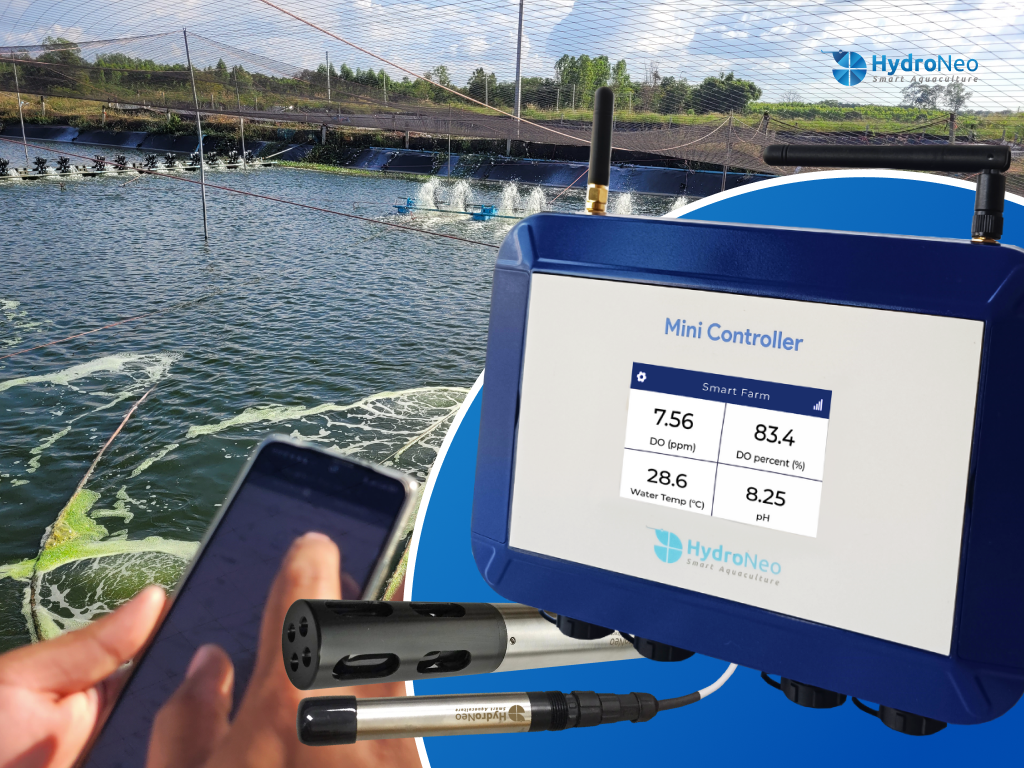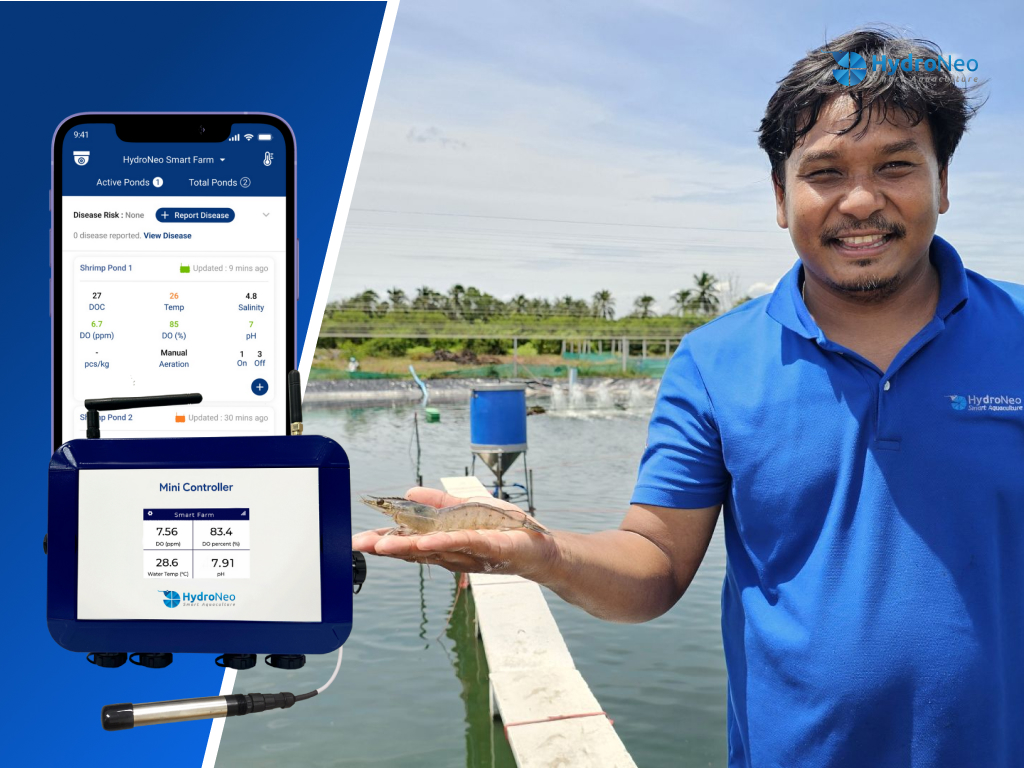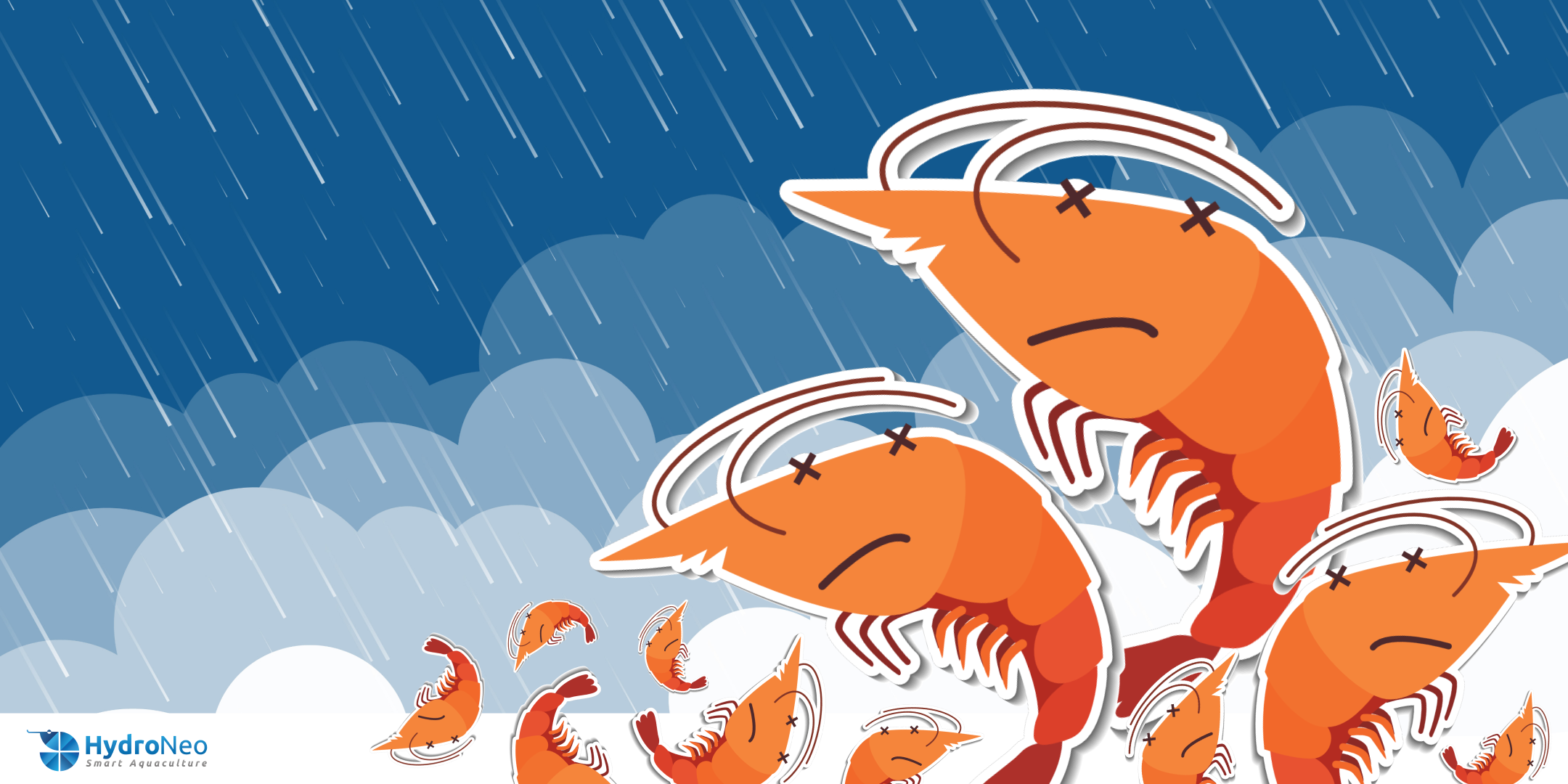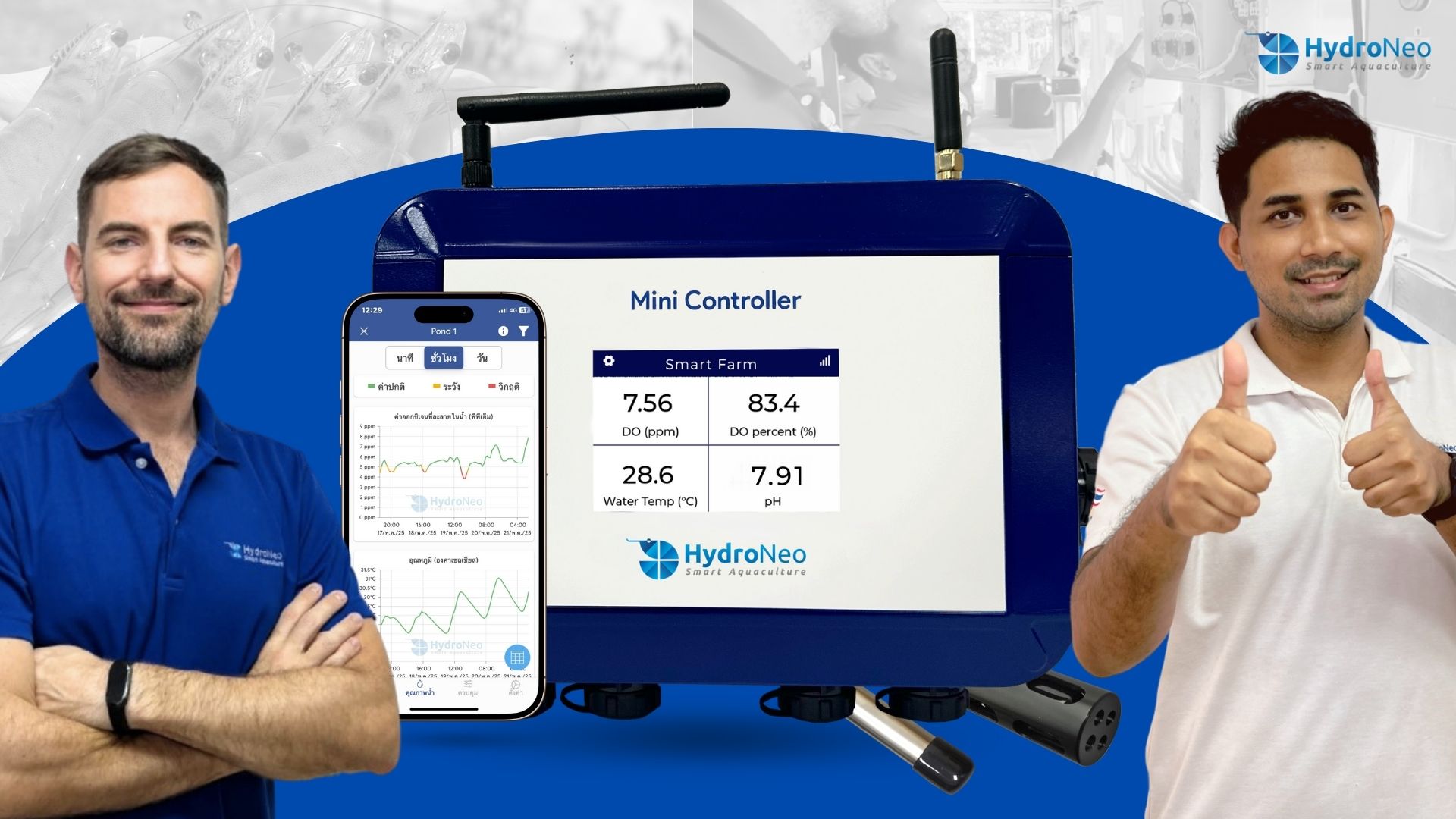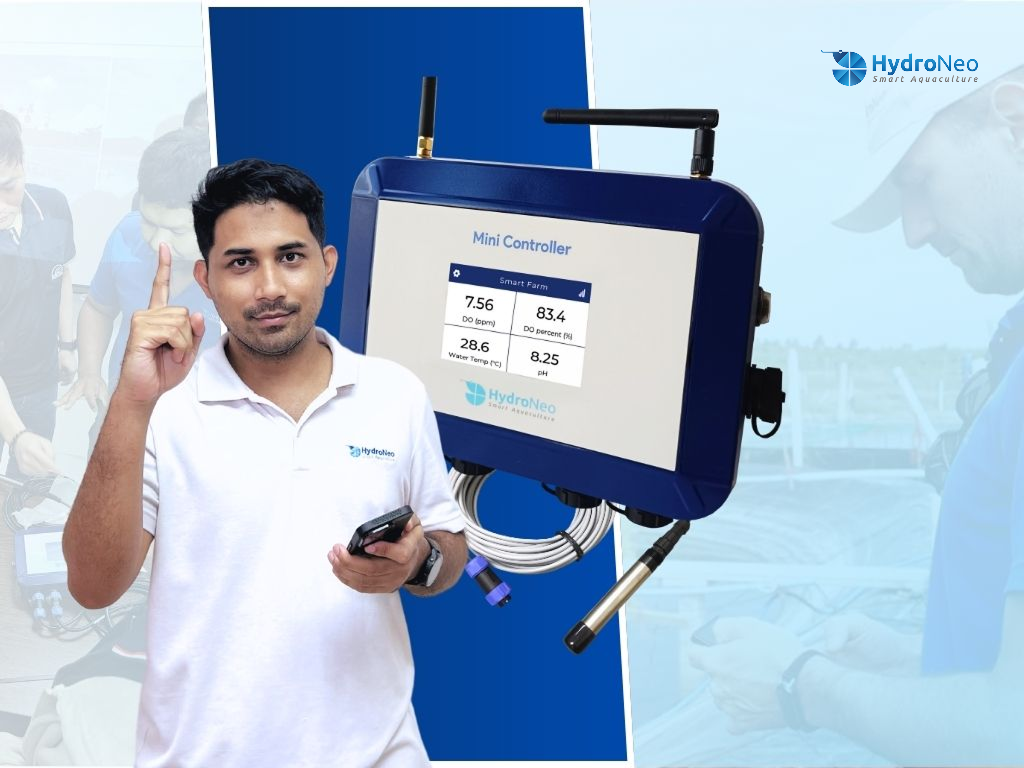Preparing a shrimp pond for successful cultivation is a crucial step, whether you’re utilizing an existing pond or creating a new one. The cleanliness and readiness of the pond are paramount to ensure optimal conditions for shrimp growth. The preparation process may vary depending on the soil type at the shrimp farm.
In this guide, we’ll explore essential considerations for pond preparation to help you achieve a thriving shrimp farming environment.
Selecting the Best Soil Type in the Shrimp Farm
- Clay Soil: Once the shrimp farm pond has been emptied of water, the clay sediment will accumulate at the center. Give it time to air dry, and subsequently, eliminate it from the shrimp pond.
- Clay Mixed with Sand: For this particular soil type within your shrimp farm, it’s essential to plow and till the pond’s bottom, retaining the clay content. Afterward, allow the pond to dry and make necessary adjustments to its level. Finally, compact the soil to prepare it effectively.
- Sandy Soil: Excavate the shrimp pond until you reach the layer of dark-colored soil. Allow the pond to dry out until the soil loses its color. Modify the pond’s elevation and consolidate the soil. Alternatively, use a technique to introduce clay, which helps eliminate the dark layer at the bottom and retains the clay within the shrimp farm pond.
- Acidic Soil: Avoid tilling the soil in your pond, as it may draw acidic compounds from the lower soil layers. Let the pond dry out, and then refill it with water. Use lime-based materials to balance the pH level.
Shrimp Farming with PE-Lined Ponds: A Smart Investment for Sustainable Aquaculture
One of the most popular choices among modern shrimp farmers is the use of PE (Polyethylene) lining in shrimp ponds. This method offers a cleaner, more controlled environment for shrimp cultivation and helps improve long-term farm efficiency.
PE pond liners typically come in two thickness options:
-
0.15 mm (standard) – with proper care, it can last up to 3 years
-
0.3 mm (reinforced) – ideal for long-term durability and heavy use
Key Benefits of Using PE Lining in Shrimp Farms
- Prevents Soil Erosion: PE liners help maintain the structural integrity of the pond by protecting the soil walls from erosion caused by water movement and aeration systems.
- Reduces Pond Seepage: The impermeable surface of PE lining minimizes water loss due to seepage, which is crucial for maintaining consistent water levels and salinity.
- Prevents Iron Contamination: By creating a barrier between the pond water and the soil, PE liners help avoid iron corrosion, which can negatively affect shrimp health and water quality.
- Improves Water Management: A lined pond allows for more precise control over water parameters, including pH, turbidity, and dissolved oxygen—essential for shrimp growth and disease prevention.
- Keeps Shrimp Feed Clean: PE lining prevents shrimp feed from mixing with soil or organic debris at the bottom of the pond, promoting better feed conversion ratios (FCR) and reducing waste.
- Minimizes Organic Waste Accumulation: The smooth surface of the PE liner reduces the buildup of sludge and organic matter at the pond’s base, making it easier to manage water quality and pond hygiene.
PE-Lined vs. Non-PE-Lined Ponds: Which Is Better for Shrimp Farming?
Choosing the right pond type can significantly impact shrimp health, water quality, and overall farm efficiency. Here’s how PE-lined ponds compare to non-PE-lined ponds in shrimp farming:
Water Clarity & Phytoplankton Growth
-
PE-Lined Ponds: Water remains clearer due to the absence of suspended clay particles, allowing better light penetration and promoting faster phytoplankton growth—a natural food source for shrimp.
-
Non-PE-Lined Ponds: Often have cloudy water, especially during the early farming stage. Suspended clay can hinder photosynthesis, delaying the growth of phytoplankton.
Shrimp Health & Growth
-
PE-Lined Ponds: Provide a more stable environment with less water turbidity, reducing shrimp stress and encouraging consistent feeding and growth.
-
Non-PE-Lined Ponds: Clay accumulation and murky water can stress shrimp, negatively impacting their appetite, growth rate, and immunity.
Long-Term Pond Management
-
PE-Lined Ponds: Easier to clean and manage over time, reducing sludge buildup and maintaining better water quality control.
-
Non-PE-Lined Ponds: Prone to organic waste accumulation at the bottom, requiring more frequent cleaning and increasing the risk of disease outbreaks.
Using Lime Materials in Your Shrimp Farm
Lime materials are essential for preparing aquacultural ponds and managing water quality in your shrimp farm. There are three main types of lime materials:
- Hydrated Lime (Calcium Hydroxide)
In the oxide group, we have calcium oxide (CaO) and magnesium oxide (MgO). The one most commonly used is calcium oxide, also known as quicklime. Quicklime has properties that help address acidic soil conditions, resulting in the fastest increase in pH levels. When quicklime comes into contact with water, it generates heat, raising the water temperature.
- Calcium Oxide
Lime in the hydroxide group includes calcium hydroxide (Ca(OH)₂) and magnesium hydroxide (Mg(OH)₂), also known as hydrated lime. These types of lime have properties that cause pH levels to increase more rapidly than carbonate-based lime but less so than oxide-based lime. They have a milder effect on carbonate alkalinity. When they come into contact with water, they generate heat, raising the water temperature.
- Marl or Limestone (Calcium Carbonate)
Carbonate Group Lime encompasses various natural lime materials, such as limestone (CaCO₃), dolomitic limestone (CaMg(CO₃)), clamshells, and marl. These materials offer a gradual yet lasting adjustment to pH levels in aquatic environments. Unlike their high-temperature processed counterparts, they are sourced naturally, maintaining their integrity and safety. Carbonate group lime effectively boosts carbonate alkalinity in water without causing temperature spikes upon contact. This makes it a reliable choice for ensuring the well-being of shrimp.
Preparing Water Before Starting Shrimp Cultivation
Pond Preparation
- Draw water into the shrimp pond and filter it thoroughly through four layers of fine fabric filter bags. Remove impurities and suspended solids.
- Eliminate impurities by using 60% chlorine at a rate of 300 kg per hectare. Dissolve the chlorine in a container, stirring until it is completely dissolved. Then, evenly distribute it throughout the pond during the evening when the pH level is between 7.3 and 7.8. Alternatively, you can use 8-10 kg of trichlorfon per hectare, dissolved in a similar manner to chlorine. Apply trichlorfon in the afternoon when the pH is 7.8 or higher.
- Mix the treated water thoroughly in the pond to ensure optimal effectiveness. It is advisable to add the treatment during the evening when the pH level is within the recommended range.
- Afterward, seed the pond with microorganisms by using tea waste (20-30 kg per hectare) or powdered tea waste (100 kg per hectare) to eliminate substances such as sulfides, protozoa, and snail eggs. Use tea waste to tackle issues related to sulfide compounds, which are harmful to shrimp.
Water Coloring
- When applying chemical fertilizers, do so after completing disease control measures and allowing the pond to dry. Apply 10 kg per hectare of chemical fertilizers every three days until the water turns green. Once the water is green, you can proceed with stocking shrimp.
- To prevent shrimp from being startled and stressed by sudden exposure to bright light, especially when the water is clear, consider using artificial water color. Apply it one day before releasing the shrimp. This shading helps prevent birds and predators from spotting and consuming the shrimp. For shrimp species like Macrobrachium rosenbergii and Macrobrachium lanchesteri, as well as white shrimp raised in shallow water, direct sunlight during midday can significantly increase the temperature at the pond bottom. Therefore, adding a green or blue-green tint to the water is recommended.
Preparation of water before starting shrimp cultivation involves thorough filtration, treatment with chlorine or trichlorfon, microbial seeding, and water coloring. These steps are vital for creating a conducive environment for shrimp growth and minimizing stress during the initial stages of cultivation.

